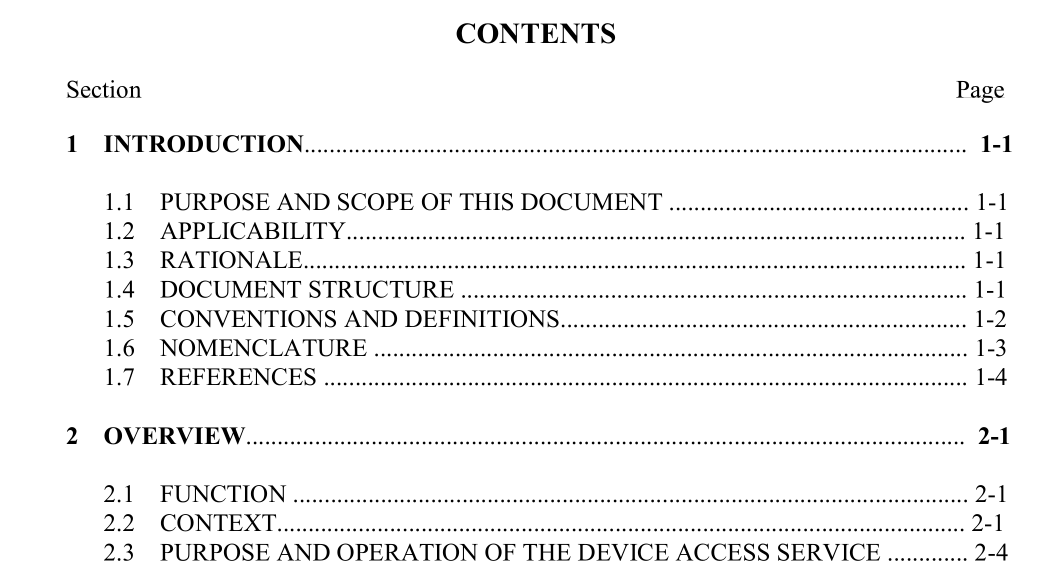ISO 20211:2015 pdf download.Space data and information transfer systems — Spacecraft Onboard Interface Services — Device Access Service
The DAS provides a standard interface between onboard software applications and flight hardware such as sensors and actuators. The basic concept underlying the service is that the software application is able to access hardware devices independently of the precise physical location of the device, and without requiring detailed knowledge of the electrical interface to the device. A standard interface makes it easier to develop the onboard software, enables configuration changes in the spacecraft design to be easily tolerated, and increases the re-use potential of the software. To acquire a value (i.e., data) from a device, an application provides a physical device identifier and a value identifier. The service resolves the physical device identifier in order to determine the Device-specific Access Protocol (DAP) and an Underlying Transport (UT) service. The service maps information associated with the request onto the parameters of the protocol or the underlying service’s service-access-point, e.g., destination address and QoS parameters. The service then uses the DAP to transfer the value from the device and returns the acquired value. The logical relationship between the service, the DAPs and the UT service-access-points is illustrated in figure 2-3.
Certain devices asynchronously emit values that are stored by the service. 1 To acquire such a value, an application provides a device logical identifier and a value identifier, which the service resolves in order to determine the stored value. The service then returns the most recently stored value. Optionally, the service may emit an indication to an application when an asynchronously emitted value from a device is acquired by the service. Optionally, the service may indicate a timestamp associated with an acquired value. This timestamp indicates the time the value was generated by the device, emitted by the device, or acquired by the service (which is implementation-specific). To command (i.e., send a value to) a device, an application provides a physical device identifier and a value identifier, together with the command value to be sent. The service resolves the physical device identifier in order to determine the DAP and a UT service, and if a response is generated by the device (as some devices do not generate a response to a command). The service maps information associated with the request onto the parameters of the protocol or the underlying service’s service-access-point, e.g., destination address and QoS parameters. The service then uses the DAP to command the device. Figure 2-3 also illustrates how the DAS accesses devices using an underlying packet service or directly accesses them using a local driver. The benefit of the service is that the user is no longer concerned with the details of the location of the sensor, its physical interface, or how it is accessed (i.e., communication protocols). As a result, configuration changes involving a change in the physical location of a device, or changes to its electrical interface, do not require changes to the application software using that device.
ISO 20211:2015 pdf download
